
Master sewing techniques: from using a sewing machine to creating garments like dresses, trousers, peplum tops, and backpacks
Discover the art of sewing with a comprehensive journey through various techniques, guided by talented instructors like Juliet Uzor, By Hand London, Monisola Omotoso, Amanda McCavour, Chinelo Bally, and Luisa Hurtado. Start from the basics, mastering your sewing machine's intricacies, and progress to foundational stitches that transform fabric into unique garments. Learn to choose the perfect fabric, create custom patterns, and explore the essentials of sewing dresses, peplum tops, trousers, and even backpacks. Each step reflects the care and creativity that go into making beautiful pieces
Gain confidence with modules dedicated to specific projects, from drafting classic tailored trousers to upcycling fashion by creating backpacks with second-hand clothes. Delve into techniques like freehand cutting, embroidery, and sustainable sewing practices, ensuring your projects not only look good but are also environmentally conscious. Whether you're crafting a shirred dress or adding finishing touches to a garment, this specialization equips you with the skills needed for polished, professional results. Let each lesson inspire your creativity, turning your sewing dreams into reality with expert guidance and a supportive learning environment.
What will you learn in this specialization?

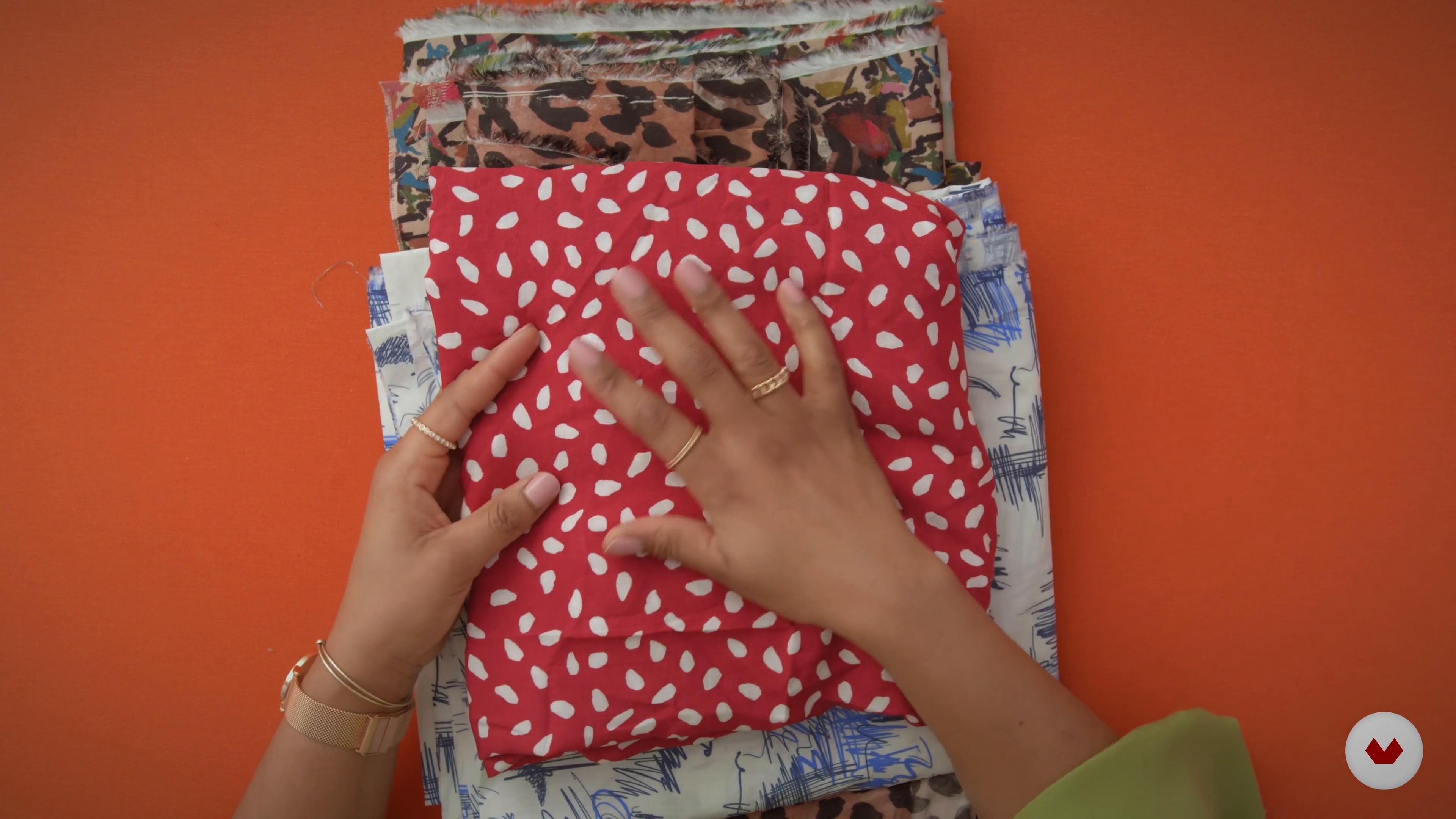



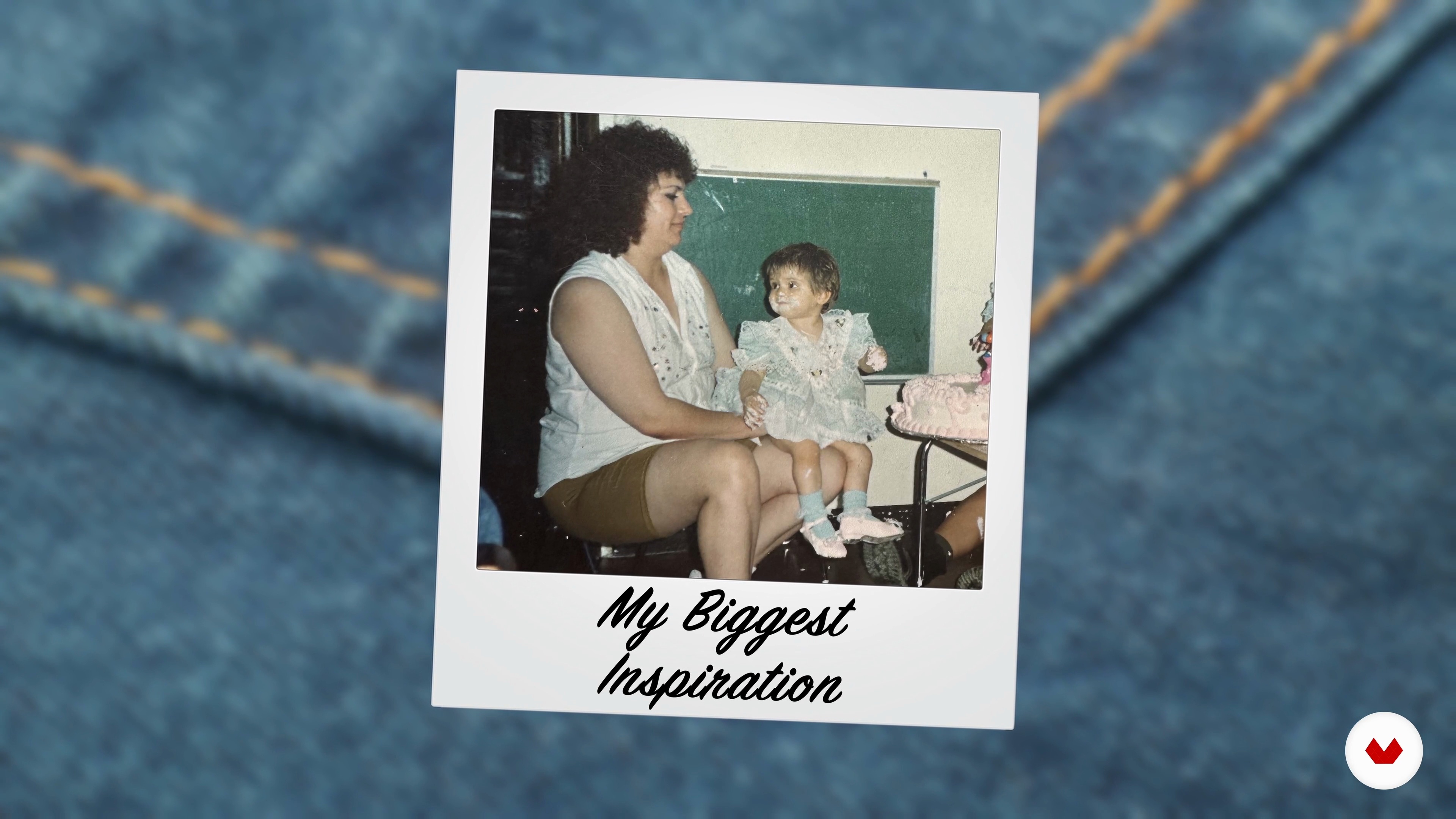








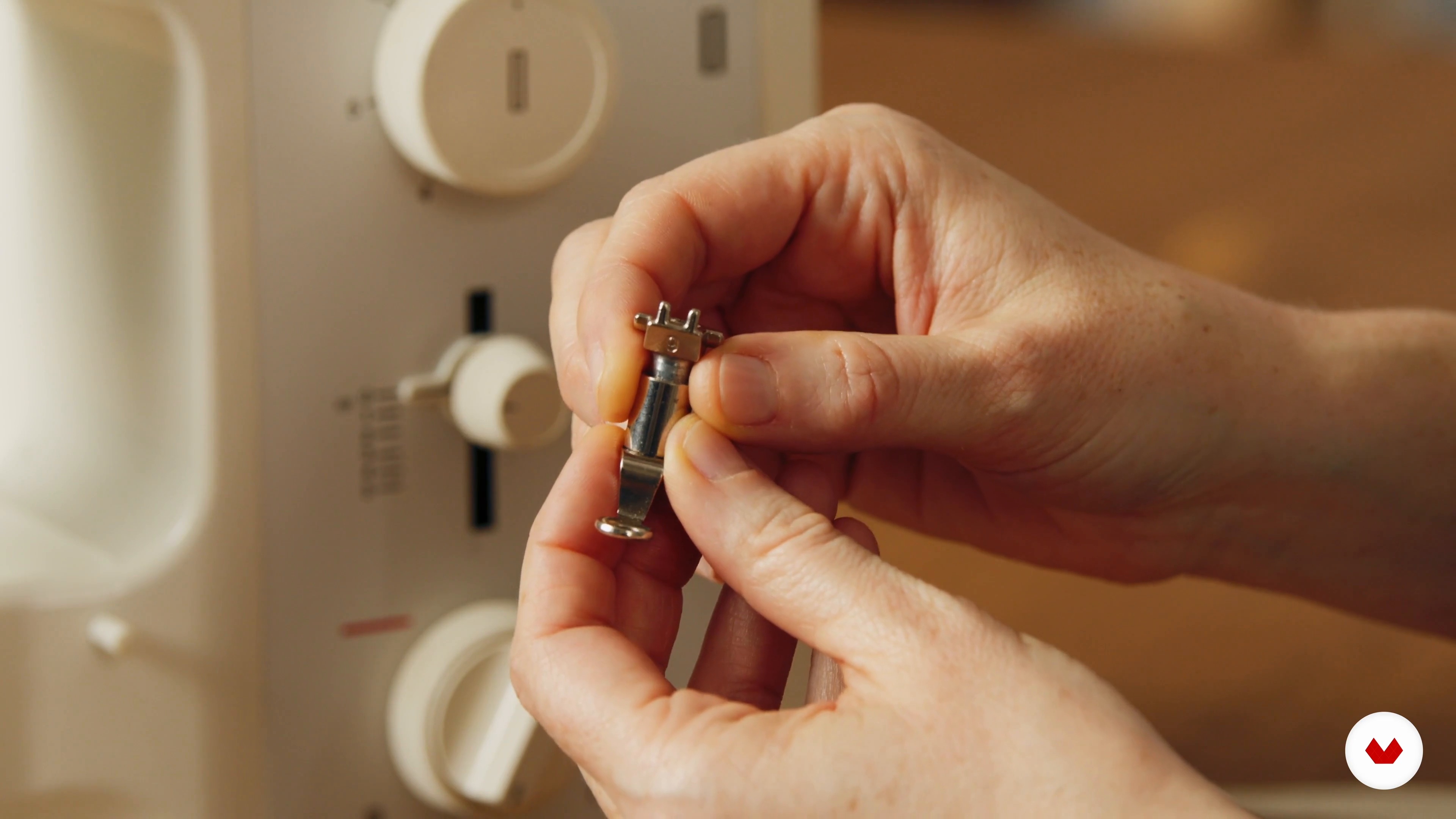






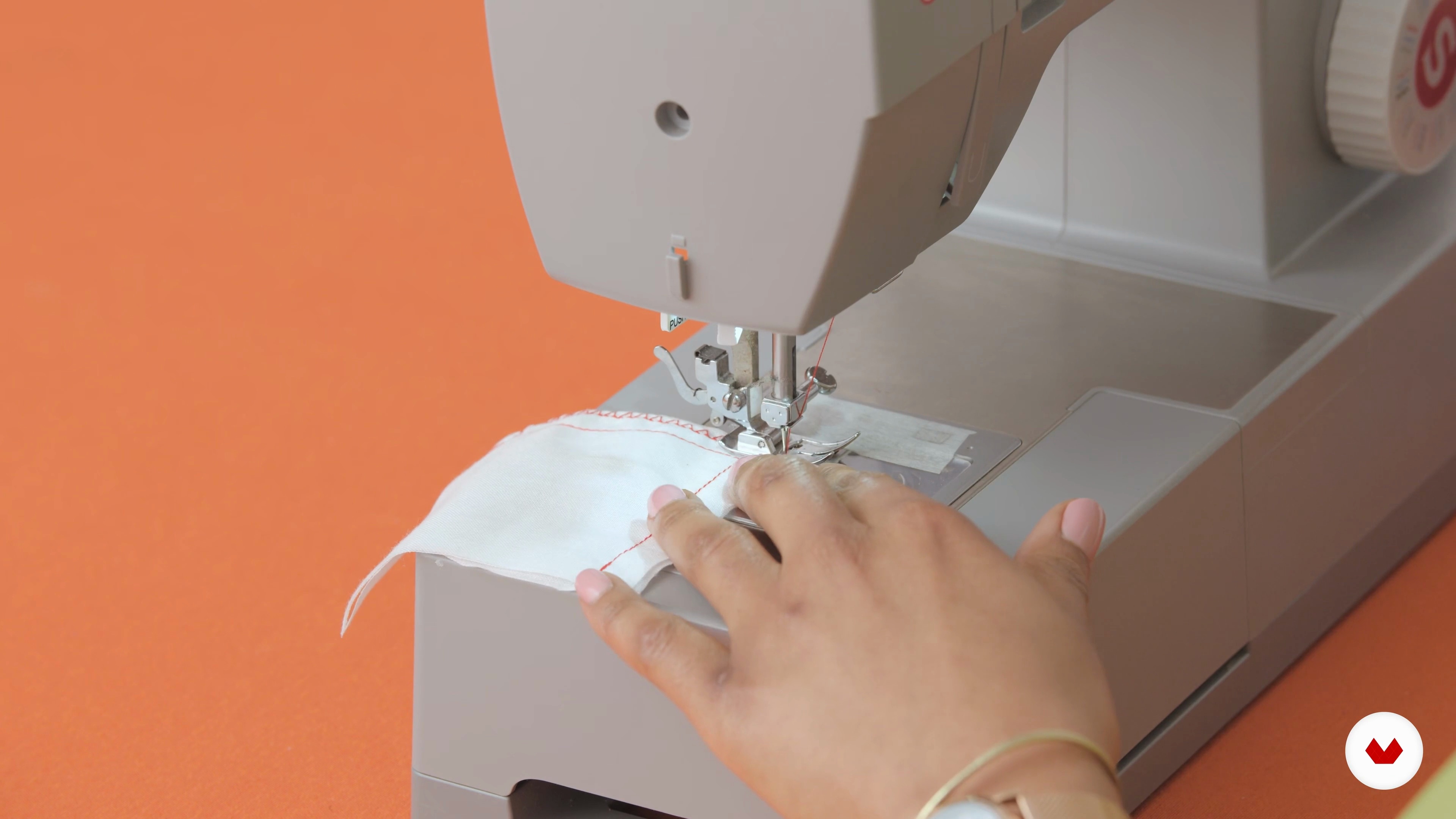







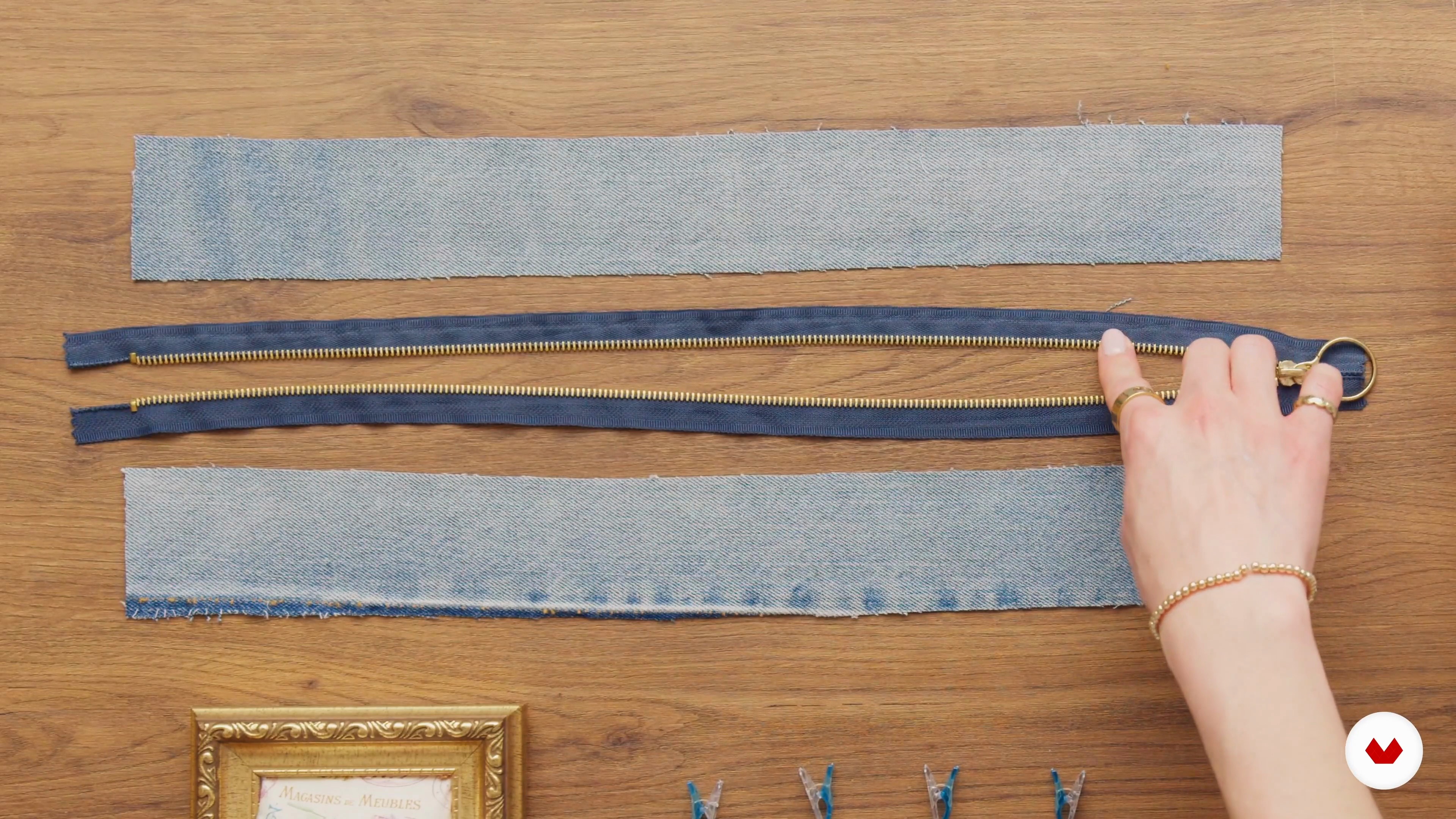



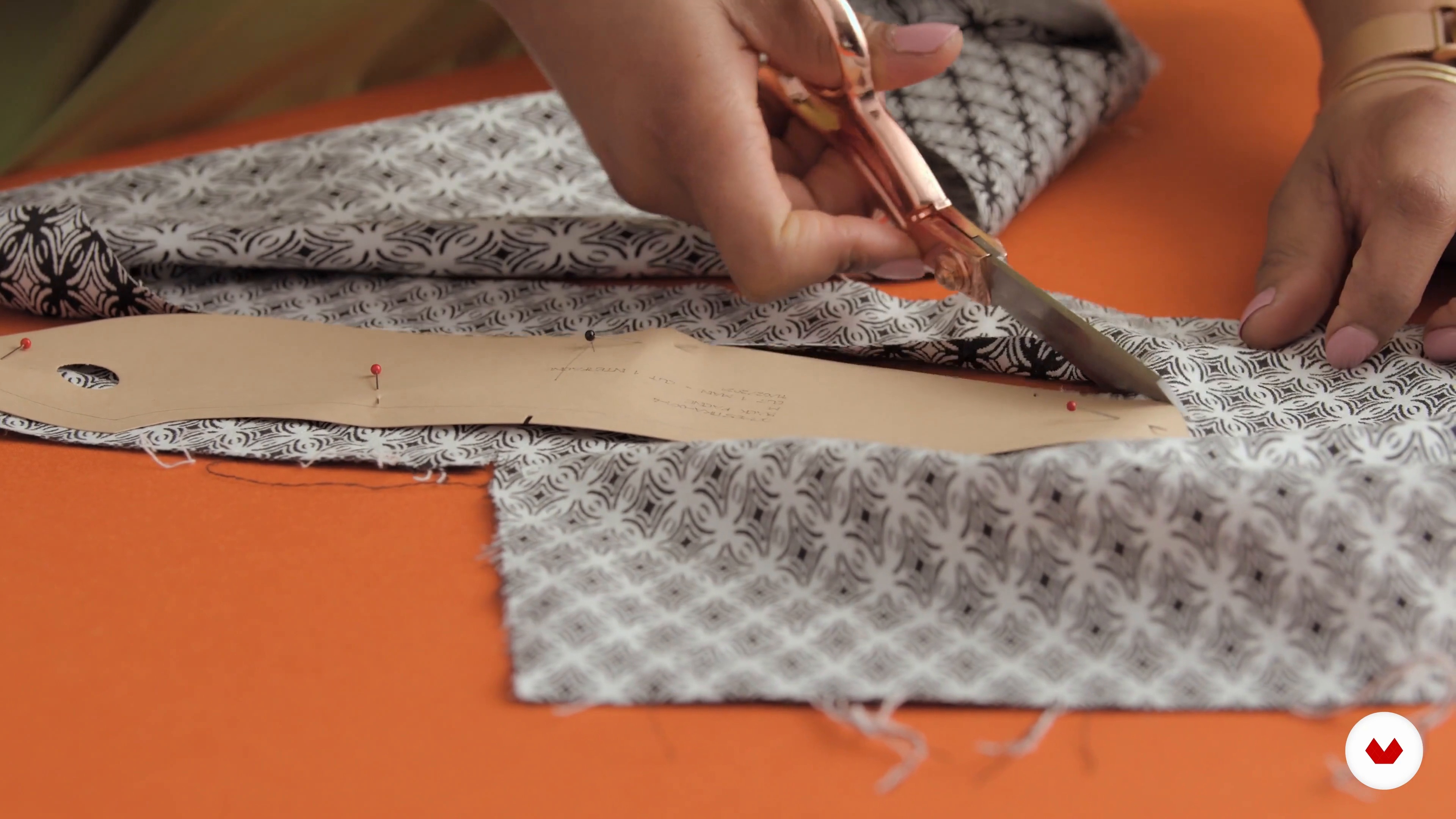









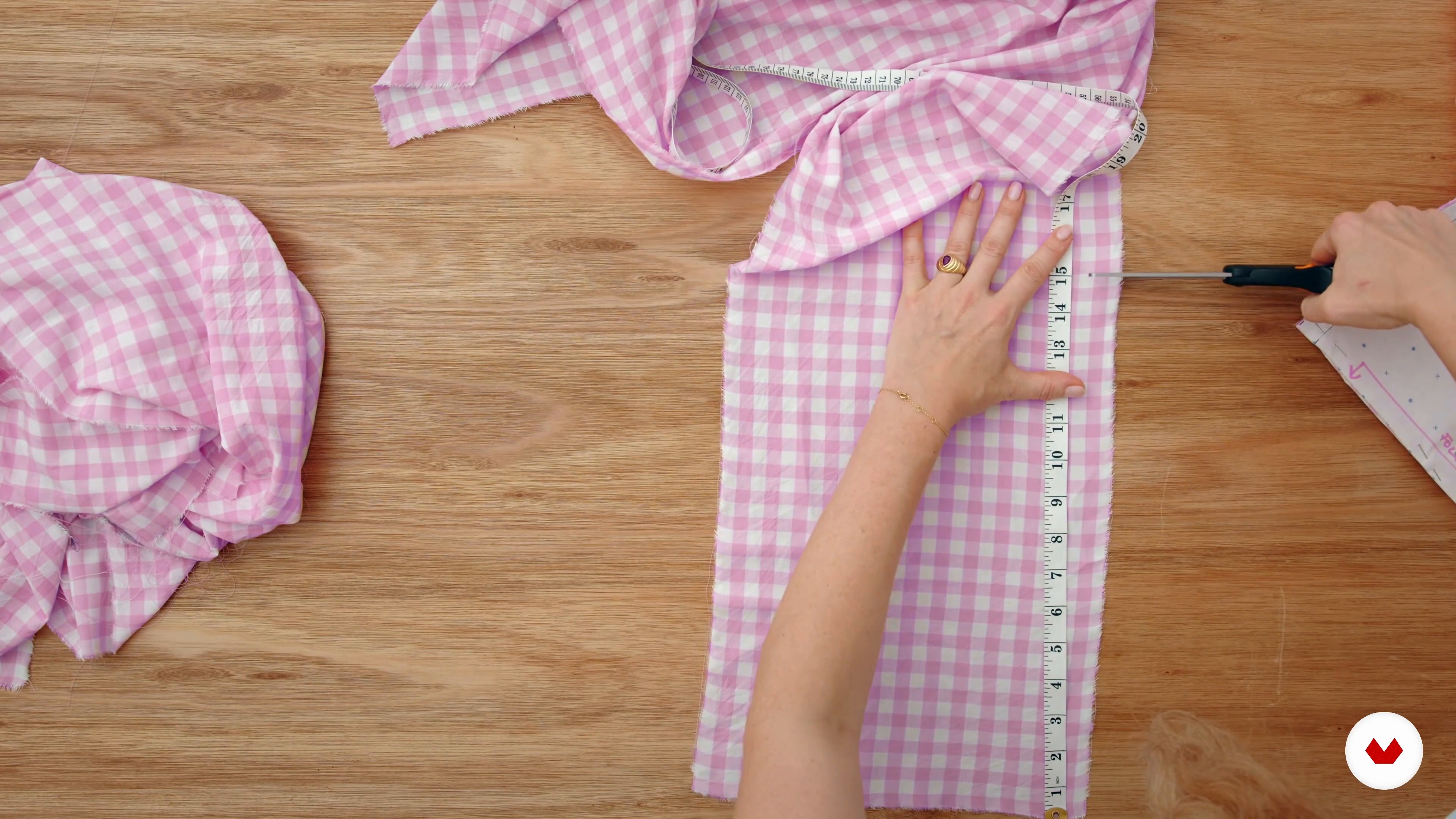





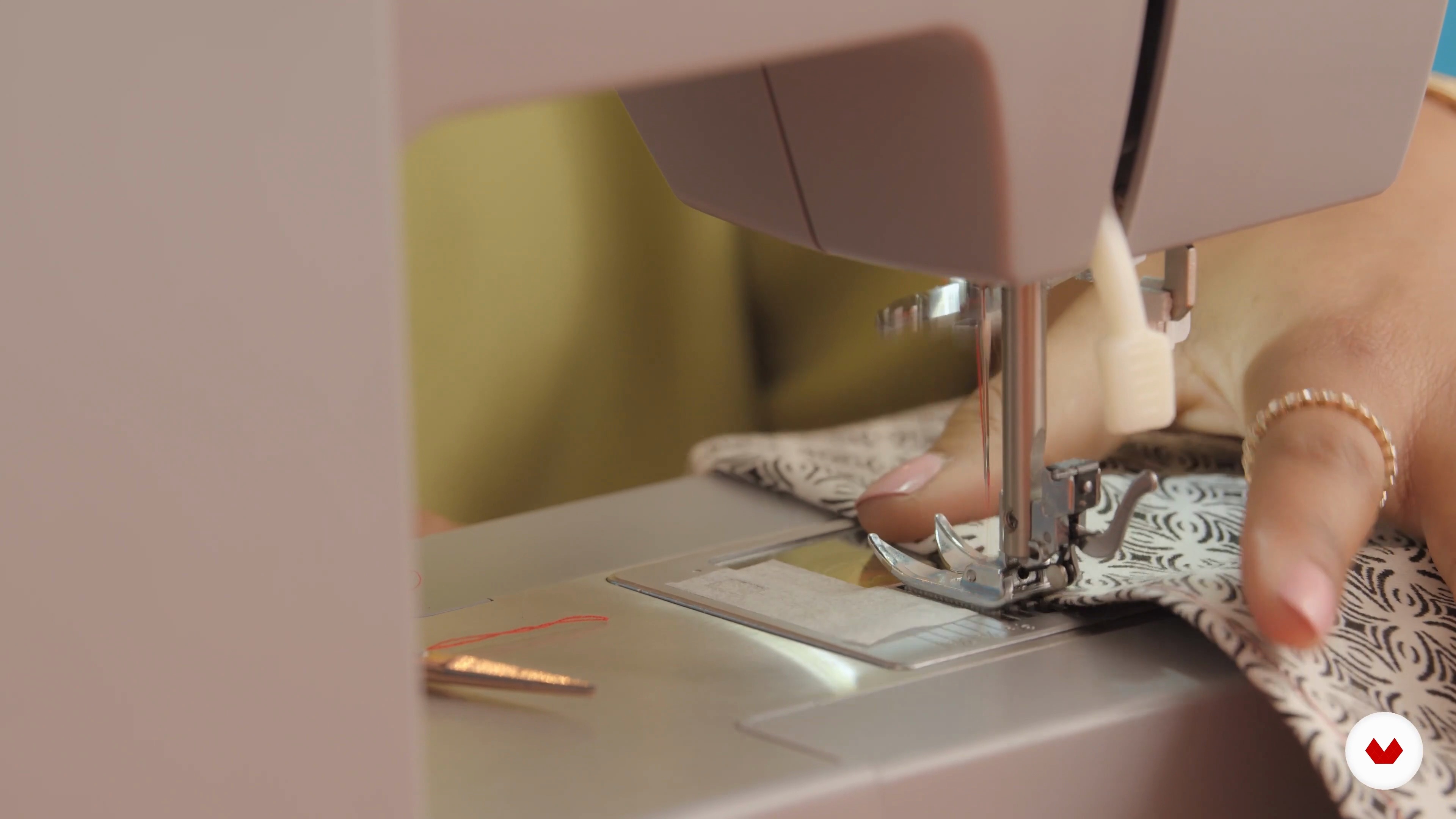
















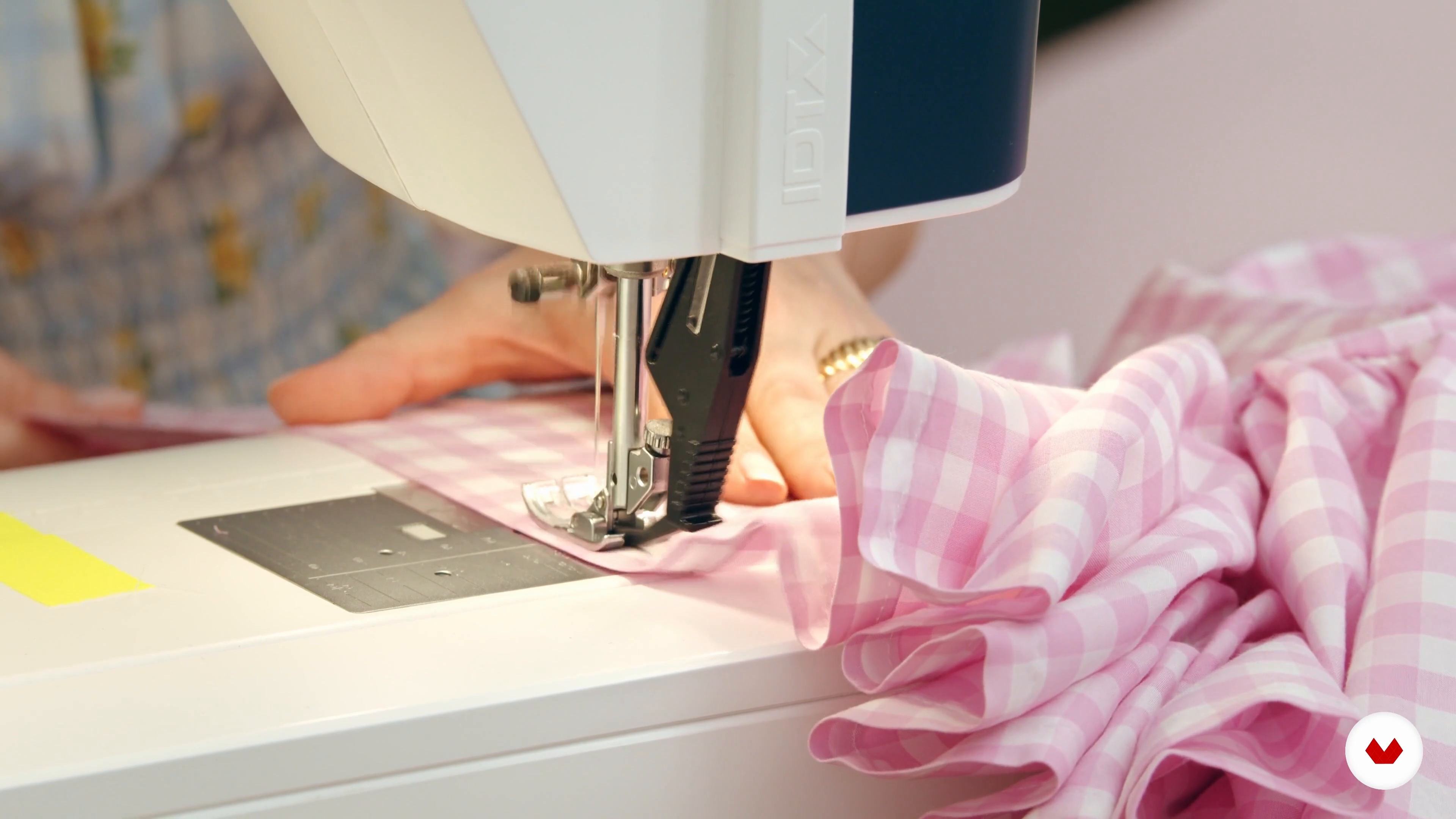



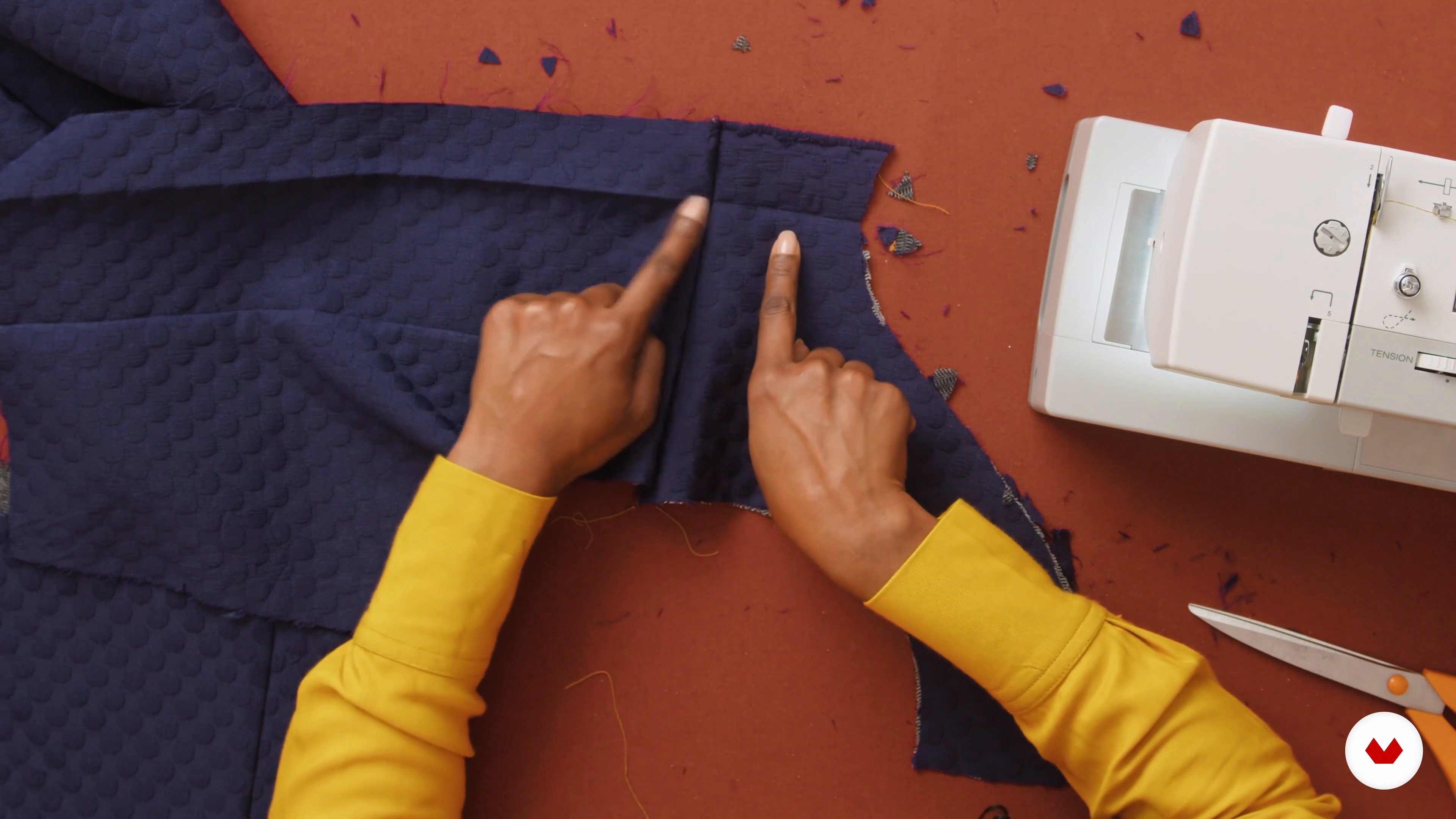










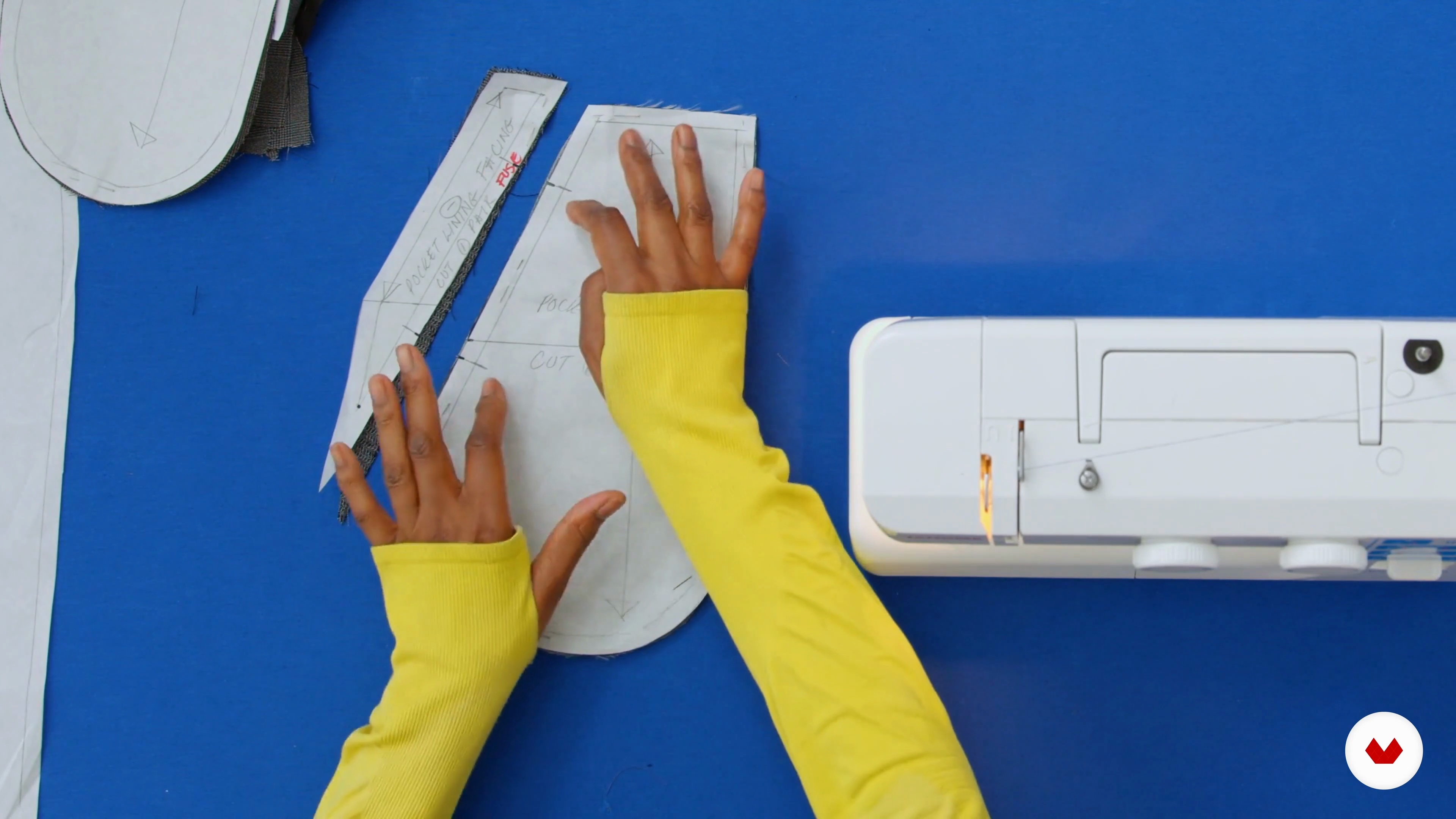




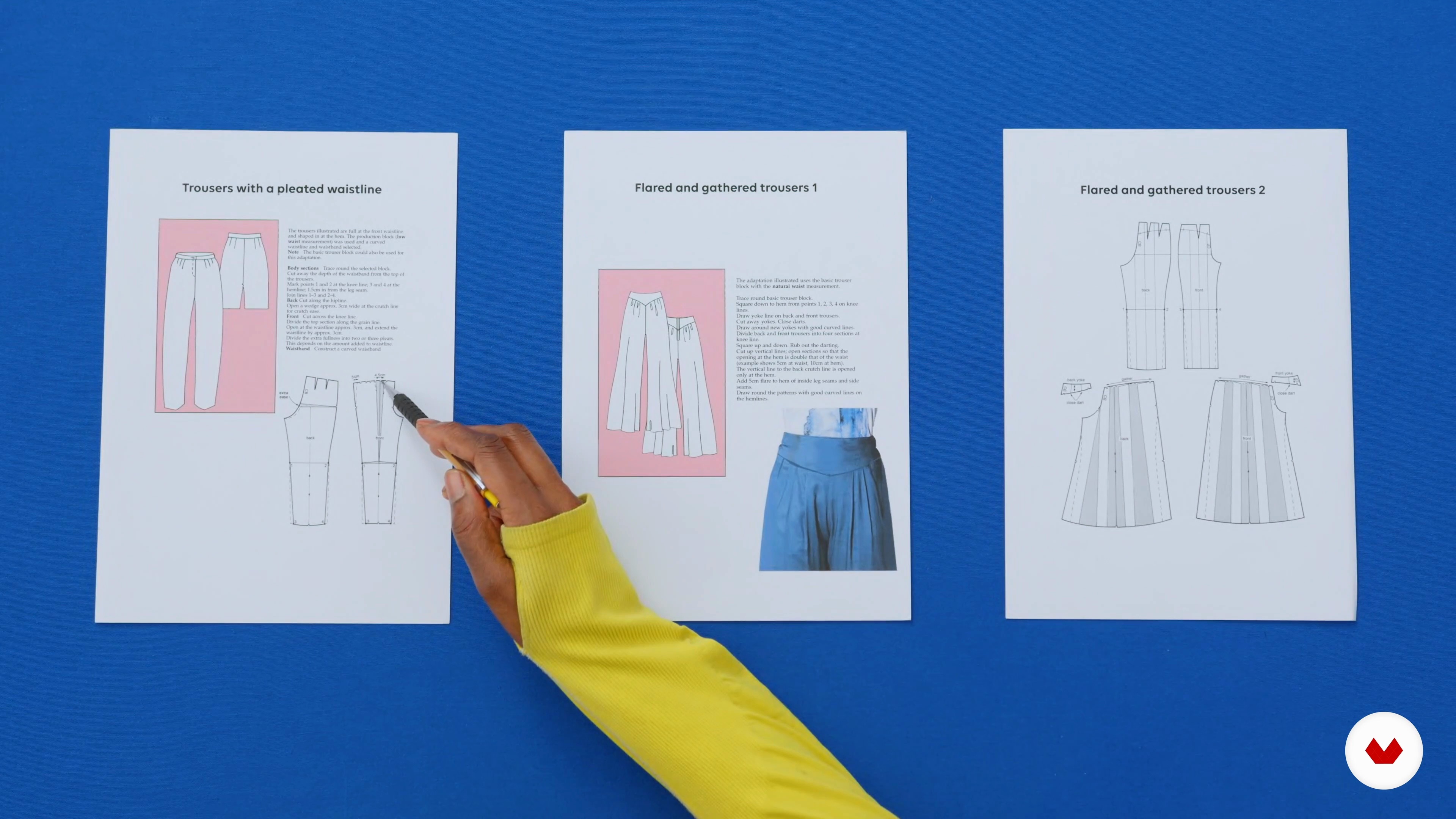






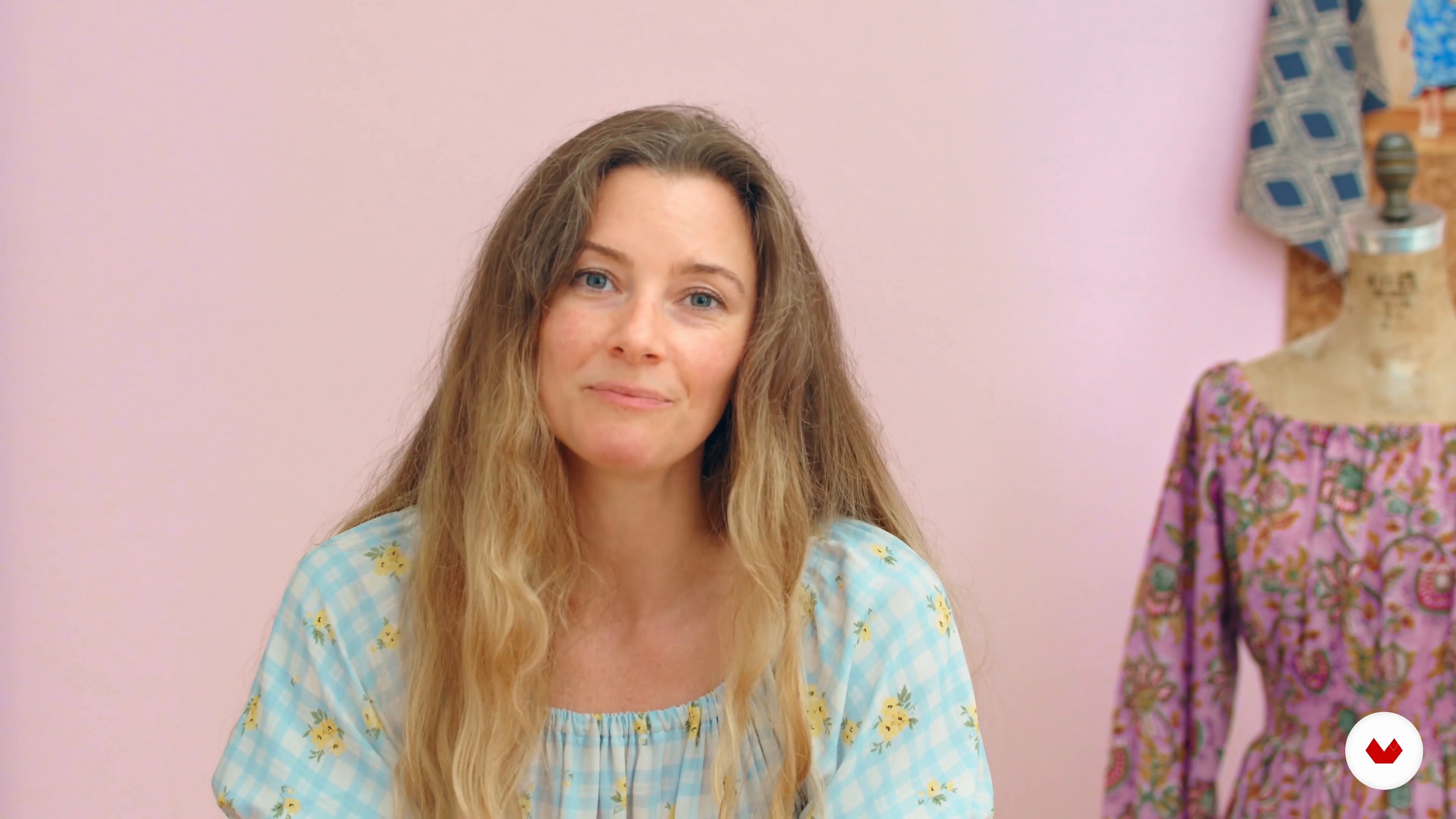
- 100% positive reviews (53)
- 10,892 students
- 83 lessons (15h 27m)
- 38 additional resources (36 files)
- Online and at your own pace
- Audio: English, Spanish, Italian
- Spanish · English · Portuguese · German · French · Italian · Polish · Dutch · Turkish
- Level: Beginner
- Unlimited access forever
What is this course's project?
Unlock your creative potential by mastering essential sewing techniques, from drafting patterns to sewing tailored garments. Transform fabrics into unique dresses, peplum tops, trousers, and backpacks while learning sustainable practices to care for your projects and the environment.
Who is this specialization for?
Aspiring fashion enthusiasts eager to explore creative sewing techniques will find this course ideal. Perfect for beginners or intermediate sewists looking to enhance skills, design unique garments, and master sewing machine care, pattern making, and fabric selection effectively.
Requirements and materials
Dive into sewing with minimal prerequisites. Bring a basic sewing machine, fabric, thread, scissors, measuring tape, pins, and a needle. No extensive prior knowledge is needed—just a passion for creating with your hands and a willingness to learn.







Reviews
What to expect from this specialization course
-
Learn at your own pace
Enjoy learning from home without a set schedule and with an easy-to-follow method. You set your own pace.
-
Learn from the best professionals
Learn valuable methods and techniques explained by top experts in the creative sector.
-
Meet expert teachers
Each expert teaches what they do best, with clear guidelines, true passion, and professional insight in every lesson.
-
Certificates
PlusIf you're a Plus member, get a custom certificate for every specialization course. Share it on your portfolio, social media, or wherever you like.
-
Get front-row seats
Videos of the highest quality, so you don't miss a single detail. With unlimited access, you can watch them as many times as you need to perfect your technique.
-
Share knowledge and ideas
Ask questions, request feedback, or offer solutions. Share your learning experience with other students in the community who are as passionate about creativity as you are.
-
Connect with a global creative community
The community is home to millions of people from around the world who are curious and passionate about exploring and expressing their creativity.
-
Watch professionally produced courses
Domestika curates its teacher roster and produces every course in-house to ensure a high-quality online learning experience.
FAQs
What are Domestika's online courses?
Domestika courses are online classes that allow you to learn new skills and create incredible projects. All our courses include the opportunity to share your work with other students and/or teachers, creating an active learning community. We offer different formats:
Original Courses: Complete classes that combine videos, texts, and educational materials to complete a specific project from start to finish.
Basics Courses: Specialized training where you master specific software tools step by step.
Specialization Courses: Learning paths with various expert teachers on the same topic, perfect for becoming a specialist by learning from different approaches.
Guided Courses: Practical experiences ideal for directly acquiring specific skills.
Intensive Courses (Deep Dives): New creative processes based on artificial intelligence tools in an accessible format for in-depth and dynamic understanding.
When do the specialization courses start and when do they finish?
All specialization courses are 100% online, so once they're published, specialization courses start and finish whenever you want. You set the pace of the class. You can go back to review what interests you most and skip what you already know, ask questions, answer questions, share your projects, and more.
What do Domestika's specialization courses include?
The specialization courses are divided into different modules. Each one includes lessons, informational text, tasks, and practice exercises to help you carry out your project step by step, with additional complementary resources and downloads. You'll also have access to an exclusive forum where you can interact with other students, as well as share your work and your final project, creating a community around the specialization courses.
Have you been given a specialization courses?
You can redeem the specialization courses you received by accessing the redeeming page and entering your gift code.

Me encanta!
this course really is complete. you have several master who will teach you different techniques and styles. I'm looking forward to buy my first sewing machine and make practice!
Fantastic modules
Great course, a lot of useful ideas!
Buenisimoo